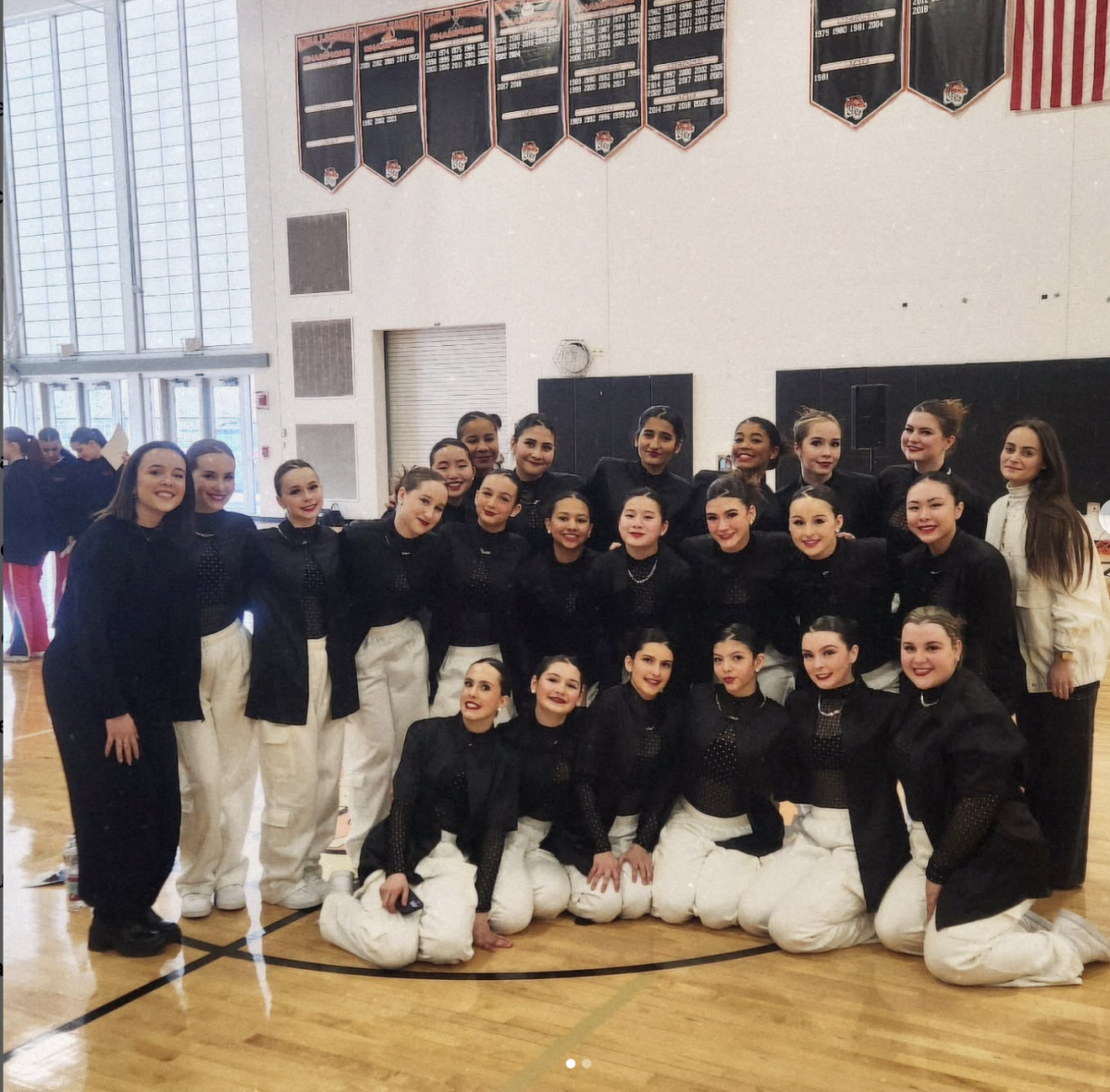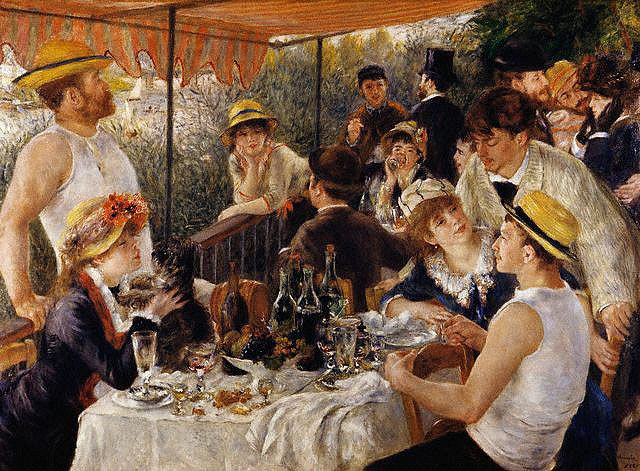
Last Saturday, I woke up at noon with a growling stomach. I had my eye on what my dad bought the day before: prosciutto, a fancy brand of rigatoni and kale.
With those three ingredients, I cooked the best lunch I had in a long time, and with a few easy steps, anyone can make a satisfying pasta dish in under 20 minutes.
For me, it took 20 minutes to cook a bowl of pasta in a balsamic and pork sauce and to toss it with kale and crisped prosciutto.
The first step to create any dish is balance of flavor. Whenever you cook, a great way to make a yummy dish is to make sure that there are different flavor elements that contrast and complement each other. The best flavors to incorporate are salty, acidic, savory and sweet.

Then, I started cooking the pasta and made sure to salt the pasta water. Always, and I mean always, salt the pasta water because it is the only opportunity you will have to season the pasta itself.
In addition to salt, you can add different herbs to your pasta to add a punch of flavor. One variation of this dish I’ve tried is to add dried thyme into the cooking water, scenting the noodles. Some pasta fanatics and Italian grandmothers claim that one should put olive oil in the pasta water to keep the pasta from sticking, but, if you stir your pasta every two minutes or so, it’ll be fine. Besides, if you add extra oil to the pasta, it makes the dish slightly unhealthy, and it compromises the integrity of the noodle’s flavor.
Then, I added the kale. Many people have the grave misconception that kale and other greens like spinach are brown, mushy and nasty. But, when cooked correctly, they take on a bright green color and have a bright flavor.
To start, I used the salty pork fat from the prosciutto to salt half a Spanish onion and about three cloves of garlic.
These three ingredients are flavor power houses. They are a great way to start cooking if you don’t know what you want, and they bump up the flavor of bottled tomato sauces.
One tip I learned from my mother is to start cooking the garlic only once the onion is almost done, as garlic cooks fast and burns quickly.
This trick can be applied to any dish; start cooking what takes the longest first, then add in what cooks quickly. Also, while the first ingredients of your dish cooks, it gives you an opportunity to chop and get out other whatever goes in next.
Once the onions and garlic were softened, I added the kale, which I chopped into one-inch strips.
I sauteed the kale for a minute and then added a ladle full of the pasta cooking water.
Using your pasta’s cooking water in sauces will change your cooking. The starch brings together sauces, making them stick to the pasta better. It can be used to cook any type of vegetable and is helpful when you do not have enough sauce to coat the pasta.
Once the kale had steamed and was bright green, I added one fourth cup of white balsamic vinegar because it is acidic, and including all four major flavors is important. Many people are more familiar with black balsamic vinegar, and if that’s all you have, then use it. But, I prefer the white because it preserves the bright colors in the dish.
To finish, I married the pasta and the sauce in the pan.
Pasta is a blank canvas for flavor, so feel free to experiment with ingredients. Try crumbling some goat cheese on top with sun dried tomatoes, or adding in lemon juice instead of balsamic vinegar. Regardless of what you do, remember to include a variety of complementary flavors.
The Student Foodie: Make gourmet pasta dishes
October 26, 2012
0
Donate to The Newtonite
More to Discover














































